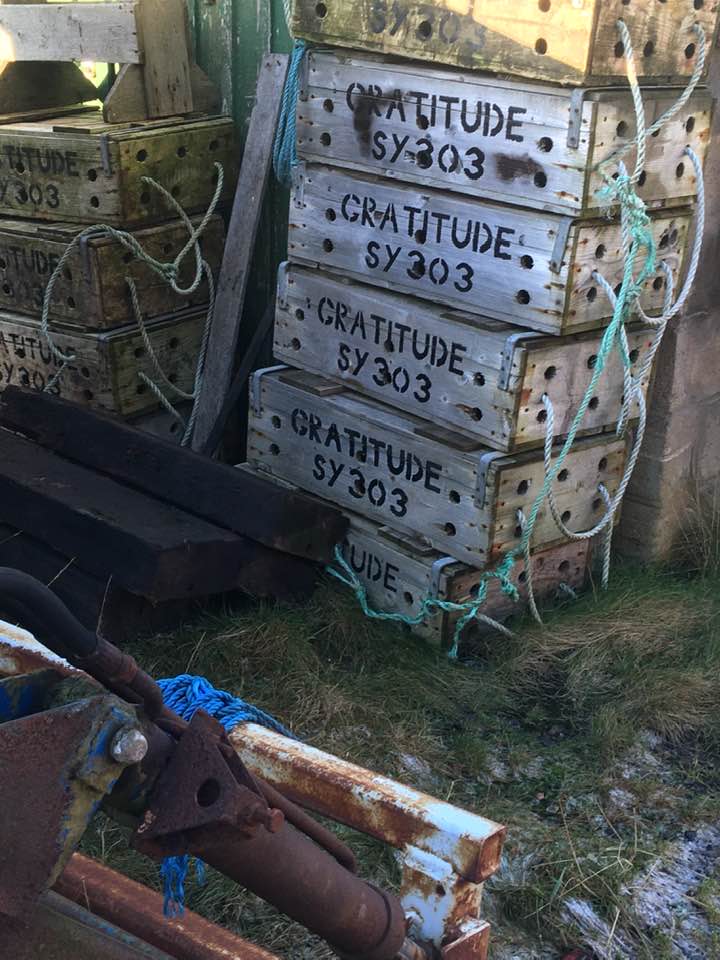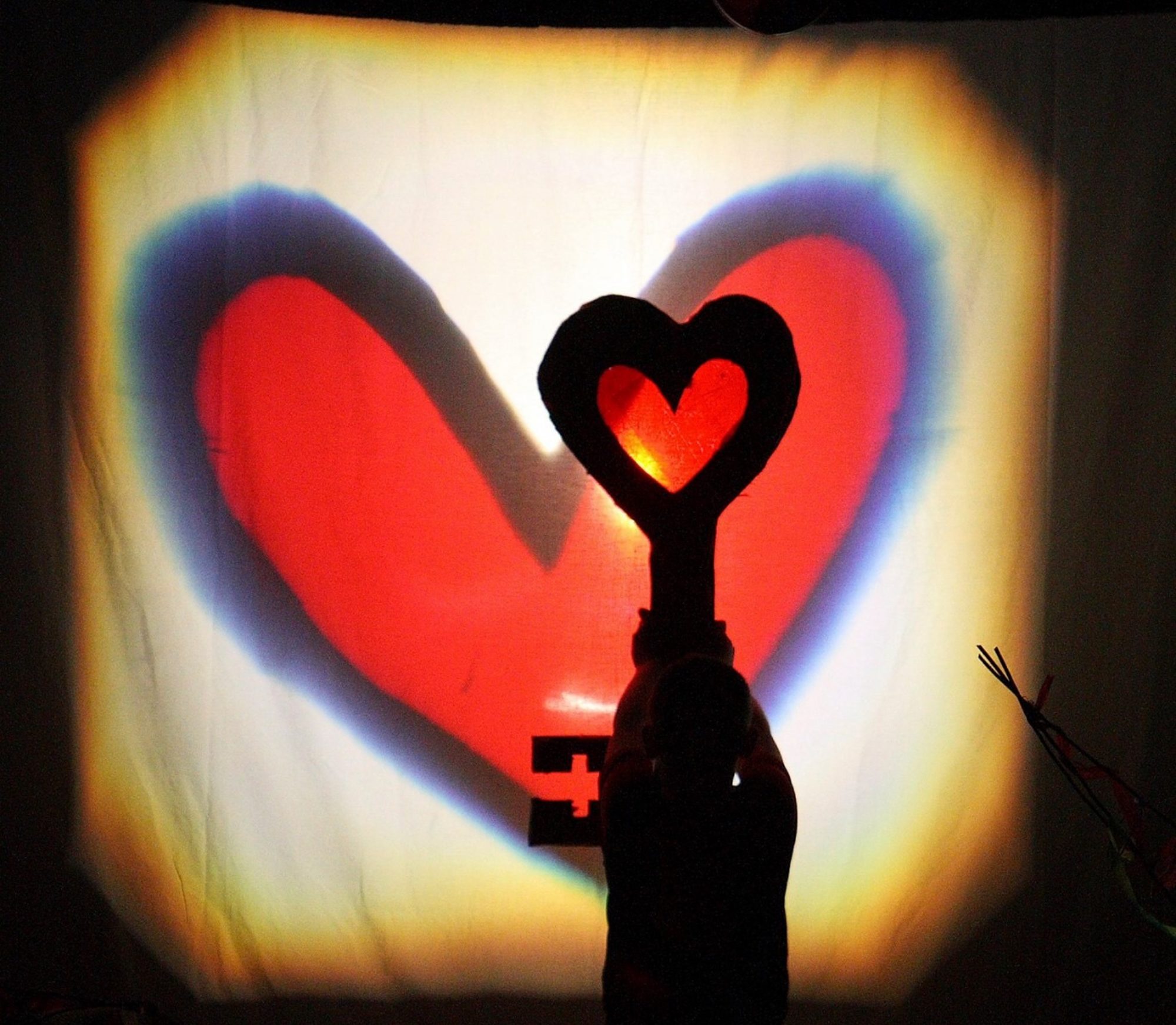Traveller, your footprints
are the only road, nothing else.
Traveller, there is no road;
you make your own path as you walk.
As you walk, you make your own road,
and when you look back
you see the path
you will never travel again.
Traveller, there is no road;
only a ship’s wake on the sea.
Antonio Machado Caminante

Maybe 20, maybe 30 years ago I ran a weekend workshop with a group of young people called “Make a Show in a Day”. The idea was simple. All the participants would make puppets and, whilst the puppets were being made, we would find out about their characters and from those new characters we would create a story that would become our show. The realisation of the idea was not so simple. As the parent left, it began to dawn on me that the youngsters, I had been left with were a particularly complex group. For one thing, they didn’t really know each other. For another, there were some ‘special’ characters in there and I had not been forewarned. Still, I had a factor on my side – the puppet making.
There is something particularly magical about the process of taking simple and recycled materials like an old cereal packet and turning it into a convincing character that exceeds all your expectations. It doesn’t seem to matter whether the group are erudite professors or five-year olds, the enchantment of the process seems to be the same. Why? Well, after a near half million of such creations I am left with speculation rather than conviction that I know the answer. I suspect that each group and each individual have their own story to tell about the process and also there are some commonalities. Anyway, this group, back in the great whenness of memory, were enchanted by the puppets and completely disengaged with the aim of making a story by connecting the characters. A concentrated silence inhabited the room. My attempts to elicit ideas all failed. Oh dear.
Out of the foggy silence a young voice emerged. “This is like a journey from I can’t to I can”. Many years later, when Moveable Feast was a company, we made a video to accompany a handbook that we had produced about Workshop. The video consisted of a series of interviews with the artist company members. On artist said for her that Workshop is ‘the art of anomaly’. She went onto explain that when things trundle along the expected straight line then nothing new emerges. It is the moment where the line veers off in an unexpected direction and fresh possibility then extends an invitation; if listened to. She said that in workshop she waits for that moment.
Maybe this is what is meant by the phrase: the group has genius. Somewhere in there lurks that voice, movement or unexpected expression that takes everything off on a different journey. In that way back when workshop, as it was the only offer in the whole morning, I had no choice. Why don’t we make two tribes – the tribe of I can’t and the tribe of I can? I suggest. And it happened. The puppets self-appointed to join a tribe. And one tribe suggested all sort of activities including, I remember, a bank robbery and the other tribe invented reasons why they couldn’t do it. I am not sure how the little play resolved itself but it was comic, a lot of fun and it was, most importantly, theirs. The puppeteers and puppets went home. And, as so often happens, something stuck with me from that workshop – the journey from I can’t to I can.
From that moment, I had another lens to view what was happening in a workshop. Part of the reason for the enchantment that casts a spell on room after room is well expressed in the phrase that was voiced all that time ago. A long time afterwards, Warren and I were cast together in a workshop. Apparently though, we had chatted over breakfast. I don’t remember that but I do remember being amazed by how international that breakfast table in Bergen was – Ireland, Sweden, Nepal, Nigeria, Brazil, Canada, Germany, Mexico and me, UK all sitting together and munching together. Anyway, I’ll hand over to Warren’s account….
In 2001 I was close to finishing my doctoral dissertation on the various roles of the facilitator in drama and theatre workshops. I had begun the doctorate in 1995 after twenty years of facilitating in various contexts and with various methods including several years of facilitating drama and theatre workshops. During my studies I had looked for material that explored the phenomenon of facilitating in creative spaces and found little written about how facilitators develop, plan and carried out workshops. As I was close to finishing my degree, I decided to attend the conference of the International Drama and Theatre Education Association in Bergen, Norway to present on my work. Being a graduate student, and being in expensive (for Canadians) Norway, my wife and I decided to stay at the university residence in Bergen. In Norway a bed and breakfast means a bed in a residence room along with a rather large smorgasbord breakfast where there was often enough cold meats and cheeses to wrap up and take away to also have for lunch later in the day.
It was at this residence, and at one of these breakfasts that I met Tony. We got to conversing about our mutual interests and similar backgrounds and I found out Tony was a puppeteer who was working on his Masters thesis on Workshop at the University of Exeter in England. He was going to be running a workshop on Workshop, using puppets, and he encouraged me to attend.
I was at first reticent. “Making a puppet?” I thought, and immediately I felt a feeling in my gut of butterflies in my stomach. But we had been making good connections at breakfast and other meals and I felt a budding friendship, so out of loyalty I agreed to attend.
We gathered one afternoon in a classroom in a school. I remember the feeling even 13 years later of continuing thoughts of “I can’t make a puppet”. “ I can’t make anything”. I trace this back beyond Bergen to a classroom in Regina, Saskatchewan. I am in Grade six. My teacher is Mrs. Hahn (I am not sure of the spelling). She was a strict Grade six teacher. I remember one day Mrs. Hahn asking me after we did a mosaic activity in art class to stay after school to talk to her.
I was never really good at what I called “crafts”. Perhaps this could be because I never seemed to be able to draw proper figures or represent ‘reality’ in anyway; even now, I just draw stick figures to represent people. It could also be because I found, at 12 years old, that I was resisting Mrs. Hahn’s draconian teaching style which seemed to be all about reward and punishment. At any rate, making the mosaic requires us to draw a big circle and then gluing little pieces of coloured paper that we had cut inside it. And I didn’t, or couldn’t. I recall several pieces being placed outside the boundary of the circle. I clearly remember Mrs. Hahn’s “see me after school” and I remember her asking me why I couldn’t “follow the rules”.
So, when Tony started his workshop by saying we were all going to make puppets, I felt this knot in my stomach. Not of resistance, mind you, but of strong, overwhelming doubt.
Tony had set up a puppet stage with a curtain in the room. And we began to learn, step by step, how to make a rod puppet. It involved wrapping lots of masking tape around newspaper all scrunched up to make a face, a stick made of thin gardening bamboo for the body, two similar sticks for the arms, and cloth to make the clothing. Then we painted the face with glue, then glued coloured crepe paper onto the face, added noses and ears and, with a final flourish, we went over to Tony, where he announced he had “The Sacred Box of Eyes” and we chose appropriate eyes which he glued with glue gun onto the face, and, suddenly, the puppet had come to life.
Three years later Tony joined me in Ottawa, Canada at the next IDEA conference and we played tennis and further developed our working relationship. We corresponded a bit over the years, until 2011 when I was on my sabbatical year and I suggested in a skype conversation we think of collaborating together to look at our facilitation journeys in parallel and together. Thus, continued the collaboration that becomes this book. It began out of a Grade Six class, re-began in a collaboration in a workshop between ‘doubting’ participant and ‘willing, energetic’ facilitator, and continues here.
Similarly, the journey of making and describing Workshop emerges in the journey, not only in the Workshop experiences we describe here, but also in the writing of this book. How do you write about a dynamic, embodied journey that is Workshop where there are many beginnings, middles and ends? These are all questions we wrestle with as we conceive, develop and write together.
“Our journeys over the earth are experienced directly. A day spent dodging rapids and rocks will seem a lot longer and more different than a day spent sailing over a calm lake. We are creatures that flourish in the intimate interactions of life. . . . The river is a dynamic living organism . . . . Just as there is a constant dynamic relationship between the river and the riverbed, there is a constant interplay between the genes and the flesh and bones of the living organism. . . Mappings with destinations carefully laid out for the reader can lead to preconceptions” Hooley McLaughlin

